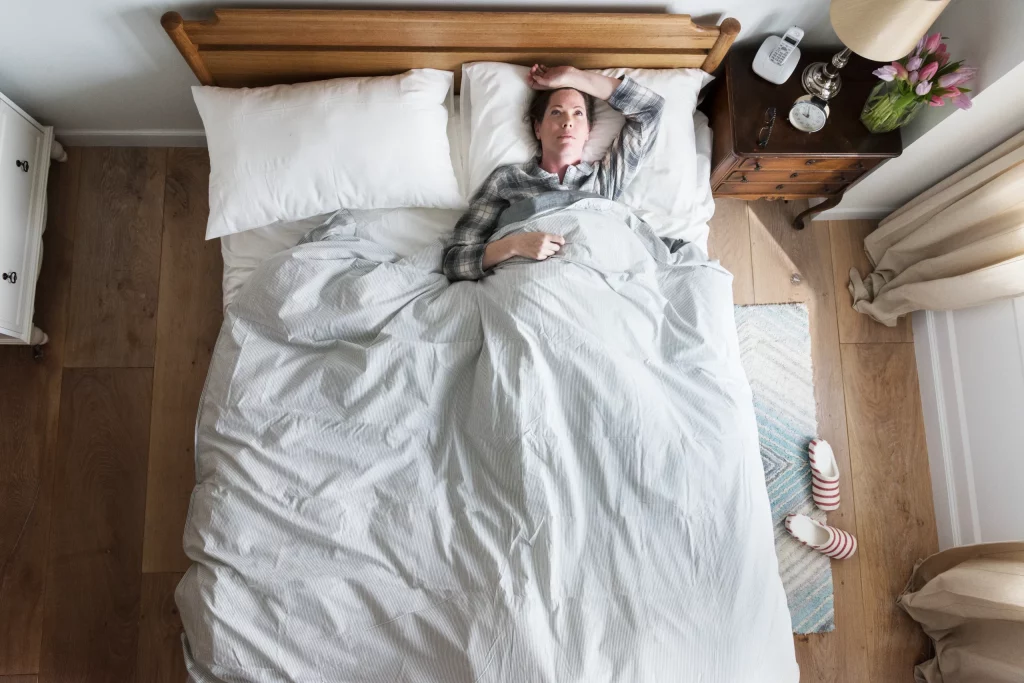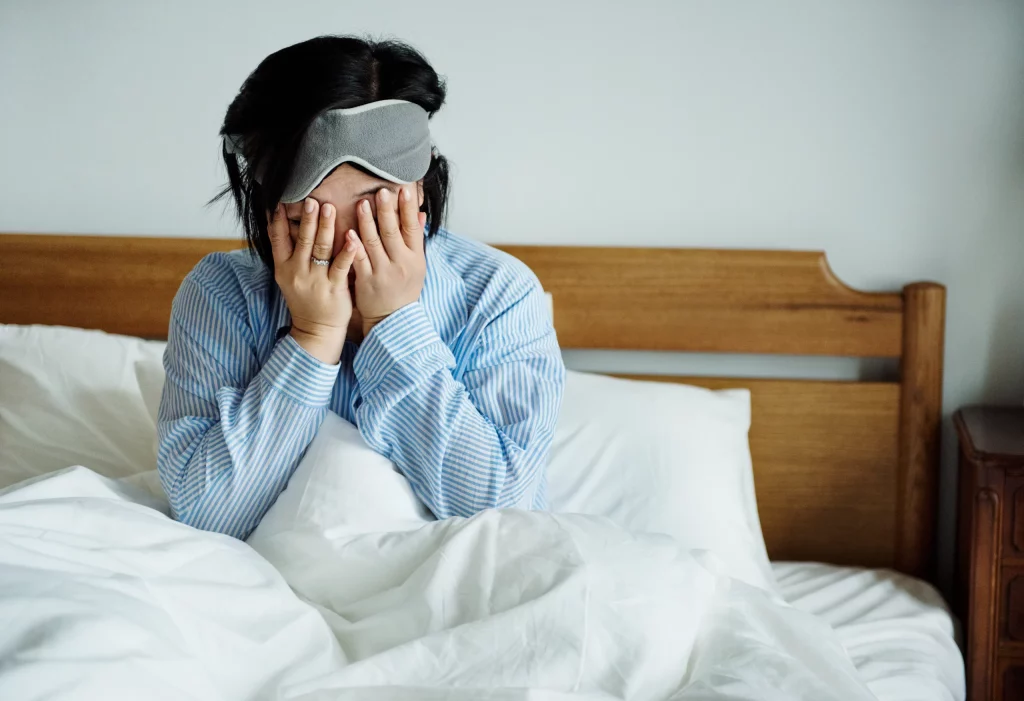
Table of Contents
Bed bugs, those tiny, elusive pests, have made an unwelcome resurgence in recent years. Thought to be nearly eradicated in the mid-20th century, the recent spike in global travel and resistance to pesticides has marked a disturbing rise in their prevalence.
Despite their minuscule size, bed bugs can wreak havoc on individuals’ sleep quality, significantly impacting overall well-being.
Historically, bed bugs were common worldwide until the advent of insecticides in the 1940s. However, the elimination was short-lived.
The new millennium saw a resurgence, possibly due to increased insecticide resistance and a rise in international travel.
This proliferating problem extends beyond mere physical discomfort. The nocturnal feeding habits of bed bugs often lead to sleep disturbances, with individuals fearing the prospect of being bitten in their sleep.
The consequent lack of quality sleep can have a profound impact on your overall well-being, featuring symptoms such as fatigue, decreased cognitive function, and heightened anxiety.
The Emotional Toll of Bed Bugs

Sleep Deprivation and Its Consequences
Bed bugs, being nocturnal pests, can lead to severe sleep deprivation. This lack of quality rest can ripple effect, impacting various aspects of an individual’s life.
Physical Health Effects
Persistent sleep deprivation can jeopardize physical health, resulting in a weakened immune system, impaired brain activity, and an increased risk of chronic health conditions such as obesity, diabetes, and heart disease.
Mental and Emotional Strain
Sleep deprivation can also exacerbate mental health issues, including anxiety and depression. The constant concern about being bitten can lead to heightened levels of stress and anxiety, disrupting one’s emotional equilibrium.
Social and Psychological Impacts

Beyond physical health, bed bug infestations can inflict social and psychological harm.
Stigma and Embarrassment
Bed bugs are often incorrectly associated with poor hygiene or lack of cleanliness. Consequently, individuals may experience stigma or embarrassment, causing them to withdraw from social activities or hesitate to seek help.
Strategies for Coping with Bed Bug-Related Stress
A proactive approach is essential to managing the stress of bed bug infestations. Seeking professional pest control services, maintaining open communication with friends and family about the situation, and utilizing stress management techniques such as mindfulness and meditation can be beneficial.
Remember, it’s essential to acknowledge the emotional toll and seek assistance when necessary.
A 3-Step Plan for Peaceful Nights
Outsmarting bed bugs requires a combination of preventive measures, early intervention strategies, and the creation of a resistant environment.
Prevention is Key
Identifying Potential Risk Factors
Understanding what attracts bed bugs can help prevent an infestation. They are typically found in places with high human traffic, like hotels or hostels, and can easily travel from these places to homes through luggage or clothing. Keeping this in mind when traveling can help you take necessary precautions.
Implementing Proactive Measures
Proactive measures include:
- Using protective mattress covers.
- Reducing clutter to eliminate possible hiding spots.
- Inspecting second-hand furniture before bringing it into your home.
Regular cleaning and vacuuming can also deter bed bugs.
Early Detection and Intervention
Regular Inspections and Monitoring
Routine home inspections, particularly in sleeping areas and furniture crevices, can help in early detection. Look for signs like small dark spots or shed skin.
Effective DIY and Professional Treatments
At the first sign of an infestation, contacting a pest control professional is suggested. Various over-the-counter treatments are also available, but it’s important to remember that these can supplement professional services, not replace them.
Creating a Bed Bug-Resistant Environment

Choosing the Right Bedding and Furniture
Opt for bed frames and furniture made of metal rather than wood, as these offer fewer hiding places for bed bugs. Additionally, light-colored bedding makes it easier to spot any signs of infestation.
Maintaining Cleanliness and Order
A well-organized and clean home can deter bed bugs. Regular laundering of bedding, drapes, and clothes in hot water, thorough vacuuming, and reducing clutter can create a bed bug-resistant environment. Remember, these pests are not attracted to grime but to human blood, so cleanliness is essential in making your home less appealing.
Sustainable Habits for a Healthy Home
Maintaining a sustainable routine can help ensure your home’s health and well-being.
Maintaining a Clean and Clutter-Free Living Space
A clean, clutter-free living space is pleasing to the eye and less inviting to pests like bed bugs. Regularly declutter your space and clean thoroughly, paying particular attention to cracks, crevices, and hidden corners where these pests might hide.
Regular Inspections and Pest Prevention Routines
Incorporate regular inspections into your cleaning routine. Look for telltale signs of infestation, such as tiny black spots or shed skins. For added protection, consider using natural pest repellents or hiring professional pest control services for periodic preventive treatments.
Creating a Resilient Home Environment
Creating a resilient home environment is about making intelligent choices. Opt for furniture and bedding that are less appealing to bed bugs, such as metal frames and light-colored linens. Additionally, keep your environment well-ventilated and dry, as bed bugs are known to thrive in humid conditions.
Conclusion
Dealing with bed bug infestations requires informed actions, persistence, and a comprehensive approach.
We can outsmart these nocturnal nuisances by recognizing the emotional toll of implementing a 3-step plan of preventive measures, early intervention strategies, and creating a resistant environment.
Remember, bed bug infestations do not reflect personal hygiene or cleanliness. Addressing this widespread concern is possible with the correct understanding and available resources.
Stay persistent and vigilant in maintaining a bed-bug-free home to enjoy a healthy and peaceful living space.
You may be interested in reading 3 Dangerous Types of Diabetes


